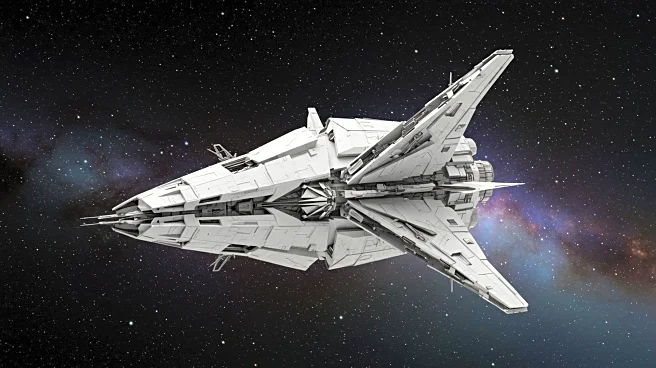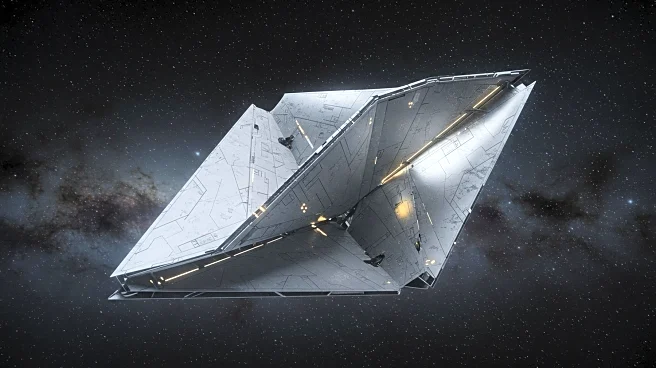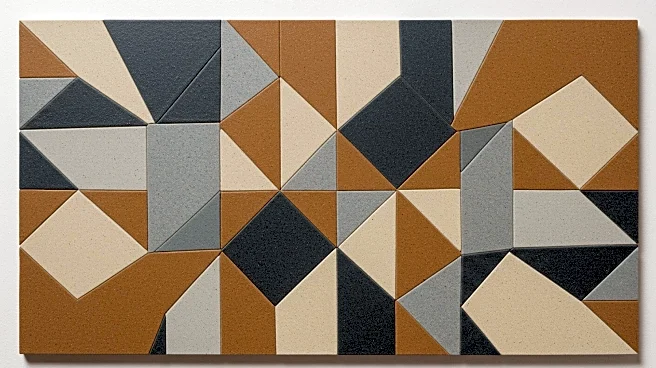What is the story about?
What's Happening?
Researchers have discovered a new class of origami patterns, known as bloom patterns, which could revolutionize the construction of folding structures in space. These patterns, characterized by their rotational symmetry and flower-like appearance, can be folded flat and compactly, making them ideal for large structures intended for space deployment. The discovery was made by Zhongyuan Wang, a sophomore at Brigham Young University, and offers promising applications for engineering projects that require efficient use of space and materials.
Why It's Important?
The development of bloom patterns in origami has significant implications for space engineering, where compact and efficient designs are crucial. These patterns could be used to create deployable structures such as solar panels, antennas, or habitats that can be transported in a compact form and then expanded in space. This innovation could lead to more sustainable and cost-effective space missions by reducing the volume and weight of materials needed for transport. Additionally, the principles of bloom patterns could inspire new designs in other fields, such as architecture and robotics, where foldable and adaptable structures are advantageous.
AI Generated Content
Do you find this article useful?











